Dry eyes, a condition that many brush off as a minor inconvenience can significantly impact one’s quality of life if left unaddressed. With the rise of digital devices and environmental changes, more individuals are experiencing the discomfort and potential complications associated with dry eyes. Understanding the basics, the role of tears, and common triggers can empower individuals to take proactive measures, ensuring better eye health and comfort.
Contents
- The Basics Of Dry Eyes
- The Role Of Tears In Eye Health
- Common Triggers For Dry Eyes
- The Connection Between Diet And Dry Eyes
- Over-The-Counter Solutions
- Prescription Treatments
- Lifestyle Changes To Combat Dry Eyes
- Natural Remedies And Home Solutions
- When To See An Eye Specialist
- Fight Back Against Dry Eyes!
- Related
The Basics Of Dry Eyes
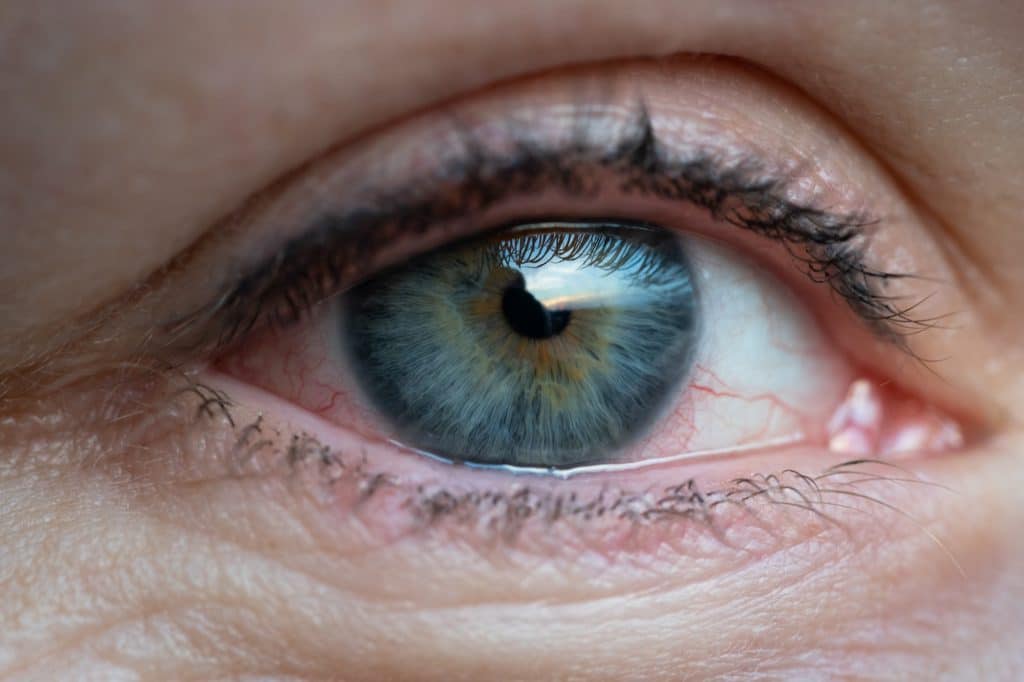
Dry eyes occur when the eyes don’t produce enough tears or when the tears evaporate too quickly. This can lead to symptoms such as itching, redness, and a gritty feeling in the eyes. Many factors contribute to this condition, from environmental elements to the natural aging process.
As screen usage becomes an integral part of daily life, digital eye strain has emerged as a significant contributor to dry eyes. Prolonged exposure to screens reduces your blink rate, leading to faster tear evaporation. Recognizing these foundational aspects of dry eyes is the first step toward effective management and relief.
The Role Of Tears In Eye Health
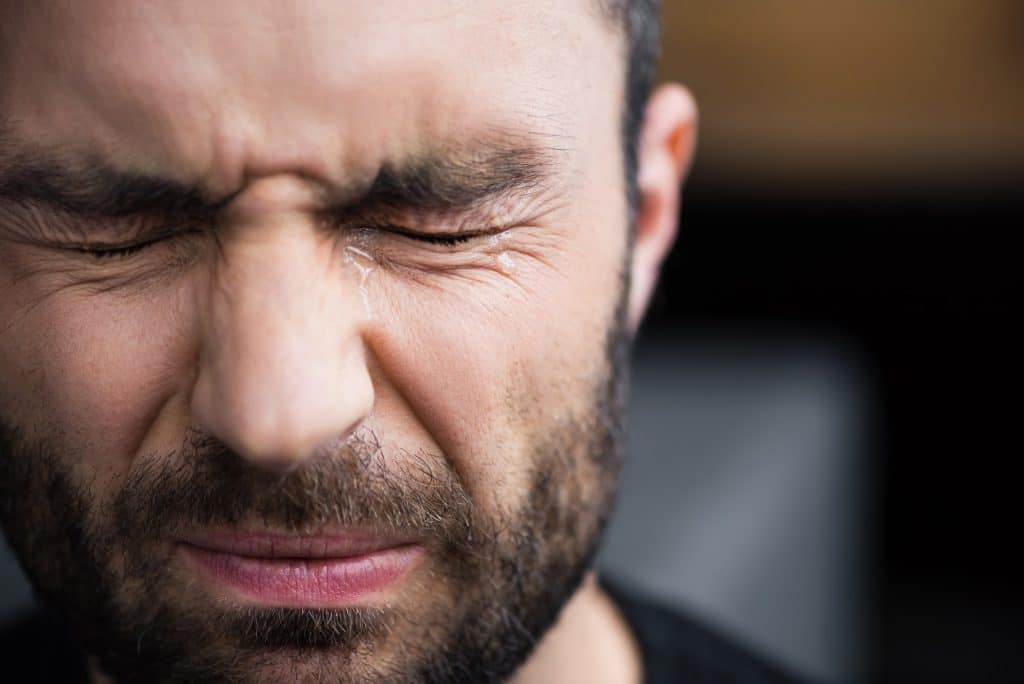
Tears are not just a response to emotions or irritants; they play a crucial role in maintaining the health and clarity of your eyes. Composed of water, oils, and mucus, tears provide the necessary lubrication, reducing the risk of eye infections and keeping the surface of the eyes smooth.
The tear film, a thin layer covering the eye, is essential for clear vision. Any imbalance in its composition can lead to dry eyes. This film ensures that the eye remains moist, nourished, and free from dust and debris. Its importance underscores the need to address any disruptions promptly.
Common Triggers For Dry Eyes

Environmental factors play a significant role in the onset of dry eyes. Elements like wind, dry air, and smoke can quickly strip the eyes of their protective tear film, leading to discomfort. Similarly, certain medications and underlying health conditions can reduce tear production or alter tear composition.
Digital eye strain, as mentioned earlier, is a growing concern. The blue light emitted from screens, combined with reduced blinking, can exacerbate dry eye symptoms. Being aware of these triggers is essential, as it allows individuals to make informed decisions about their environment and habits, ultimately reducing the risk of dry eyes.
The Connection Between Diet And Dry Eyes

Your dietary choices can have a profound impact on various aspects of your health, including the well-being of your eyes. Omega-3 fatty acids, found in fish like salmon and flaxseeds, have been shown to improve the oil film component of tears, thereby reducing dry eye symptoms. Hydration is another crucial factor; drinking adequate water ensures that the body can produce tears effectively.
Conversely, excessive caffeine or alcohol consumption can exacerbate dry eye symptoms by promoting dehydration. It’s also worth noting that certain preservatives and additives in processed foods might contribute to inflammation, which can further aggravate dry eyes. Adopting a balanced diet rich in essential nutrients can be a proactive step towards alleviating dry eye discomfort.
Over-The-Counter Solutions
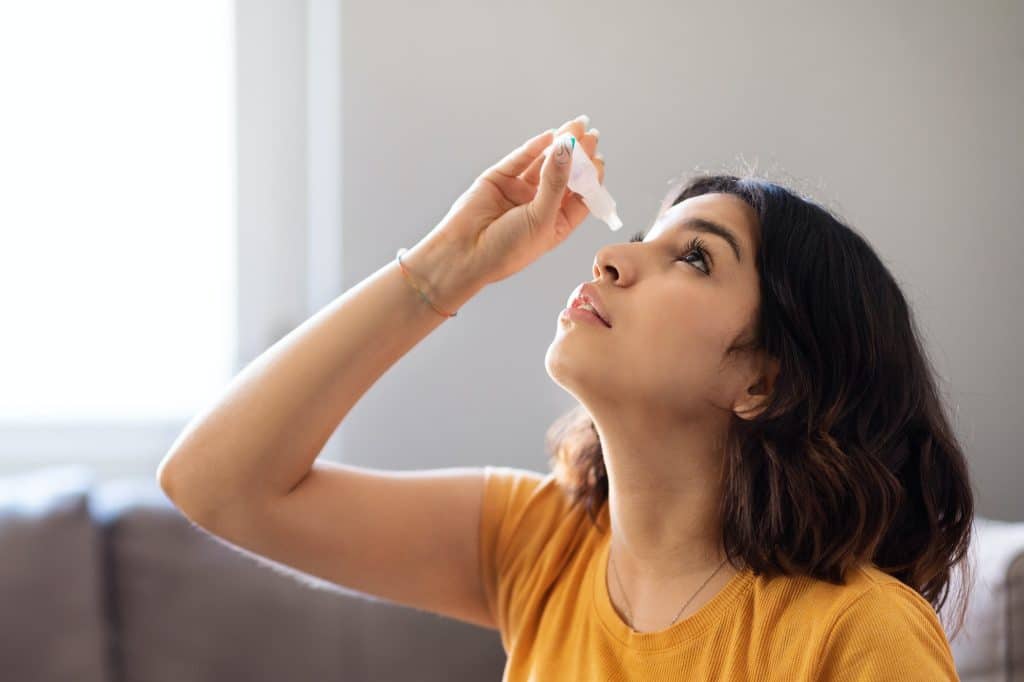
For many, over-the-counter (OTC) solutions offer immediate relief from dry eye symptoms. Artificial tears are the most common OTC remedy, available in various formulations to cater to different dry eye conditions. They provide temporary relief by replenishing the tear film, ensuring the eyes remain lubricated.
While artificial tears are beneficial, it’s essential to choose the right type. Some contain preservatives, which might irritate the eyes if used frequently. Ointments and gels, on the other hand, offer longer-lasting relief but can blur vision temporarily. It’s always advisable to read labels carefully and, if in doubt, consult with a pharmacist or eye care professional.
Prescription Treatments
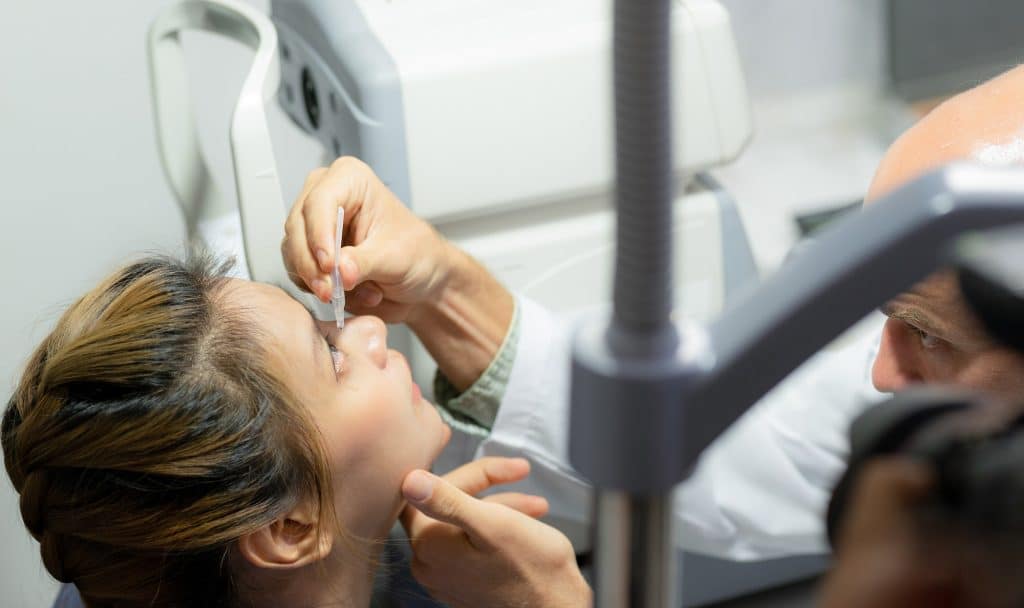
For those with chronic or severe dry eyes, over-the-counter solutions might not suffice. In such cases, prescription treatments can offer relief. Steroid eye drops, for instance, can reduce inflammation, a common cause of dry eye. However, they are typically used short-term due to potential side effects.
Two other prescription treatments, Restasis and Xiidra, work differently from artificial tears. They address the underlying inflammation that can cause dry eyes. While effective, they might come with side effects like burning or stinging. As with any medication, discussing potential risks and benefits with an eye care specialist before starting treatment is crucial.
Lifestyle Changes To Combat Dry Eyes

Beyond treatments and medications, lifestyle changes can play a pivotal role in managing dry eyes. Taking regular breaks, especially during prolonged screen time, can reduce digital eye strain. The 20-20-20 rule, where one takes a 20-second break to view something 20 feet away every 20 minutes, is a recommended practice.
Using humidifiers, especially in dry environments or during winter, can maintain adequate moisture levels, benefiting the eyes. Additionally, practicing conscious blinking, especially while using digital devices, can ensure the eyes remain well-lubricated. Simple changes in daily habits can make a significant difference in alleviating dry eye symptoms.
Natural Remedies And Home Solutions

Nature offers a plethora of remedies that can provide relief from dry eyes. Warm compresses, for instance, can help unclog the oil glands on the eyelids, ensuring a stable tear film. Regularly applying a warm, damp cloth over closed eyes can make a noticeable difference in comfort.
Eyelid massages, when done correctly, can stimulate tear production and release trapped oils from the glands. Herbal teas, particularly those with anti-inflammatory properties like chamomile, can also be beneficial. While these natural remedies can offer relief, it’s essential to approach them with caution and consult with an eye specialist if symptoms persist or worsen.
When To See An Eye Specialist
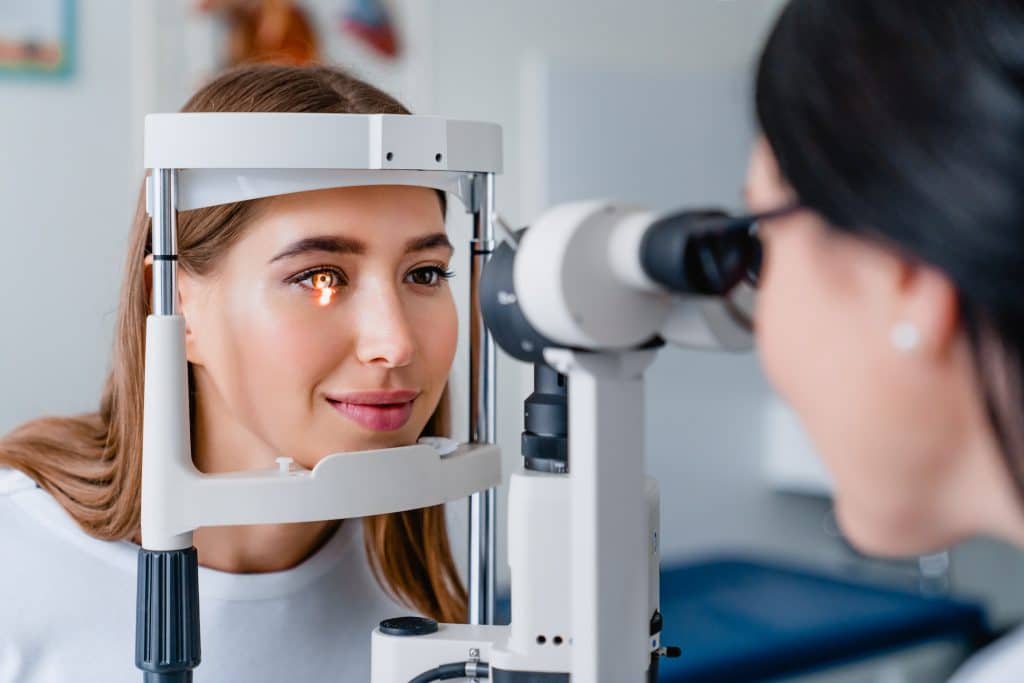
While many dry eye symptoms can be managed with over-the-counter solutions and lifestyle changes, there are instances when professional intervention becomes necessary. Persistent redness, pain, or visual disturbances warrant a visit to an eye specialist. Regular eye check-ups are also crucial, as they can detect potential issues before they become severe.
Ignoring or overlooking severe dry eye symptoms can lead to complications, including corneal damage. An eye specialist can provide a comprehensive evaluation, recommend appropriate treatments, and guide individuals on the best practices to maintain optimal eye health. It’s always better to be proactive and seek expert advice when in doubt.
Fight Back Against Dry Eyes!
Dry eyes, while common, should never be dismissed as a mere inconvenience. Through a combination of understanding, proactive measures, and timely interventions, one can effectively manage and even prevent this condition. As the world becomes increasingly digital and your environment continues to change, prioritizing eye health becomes paramount. By staying informed, making conscious choices, and seeking professional guidance when needed, you can ensure that your eyes remain comfortable, healthy, and clear-sighted in any circumstance!


